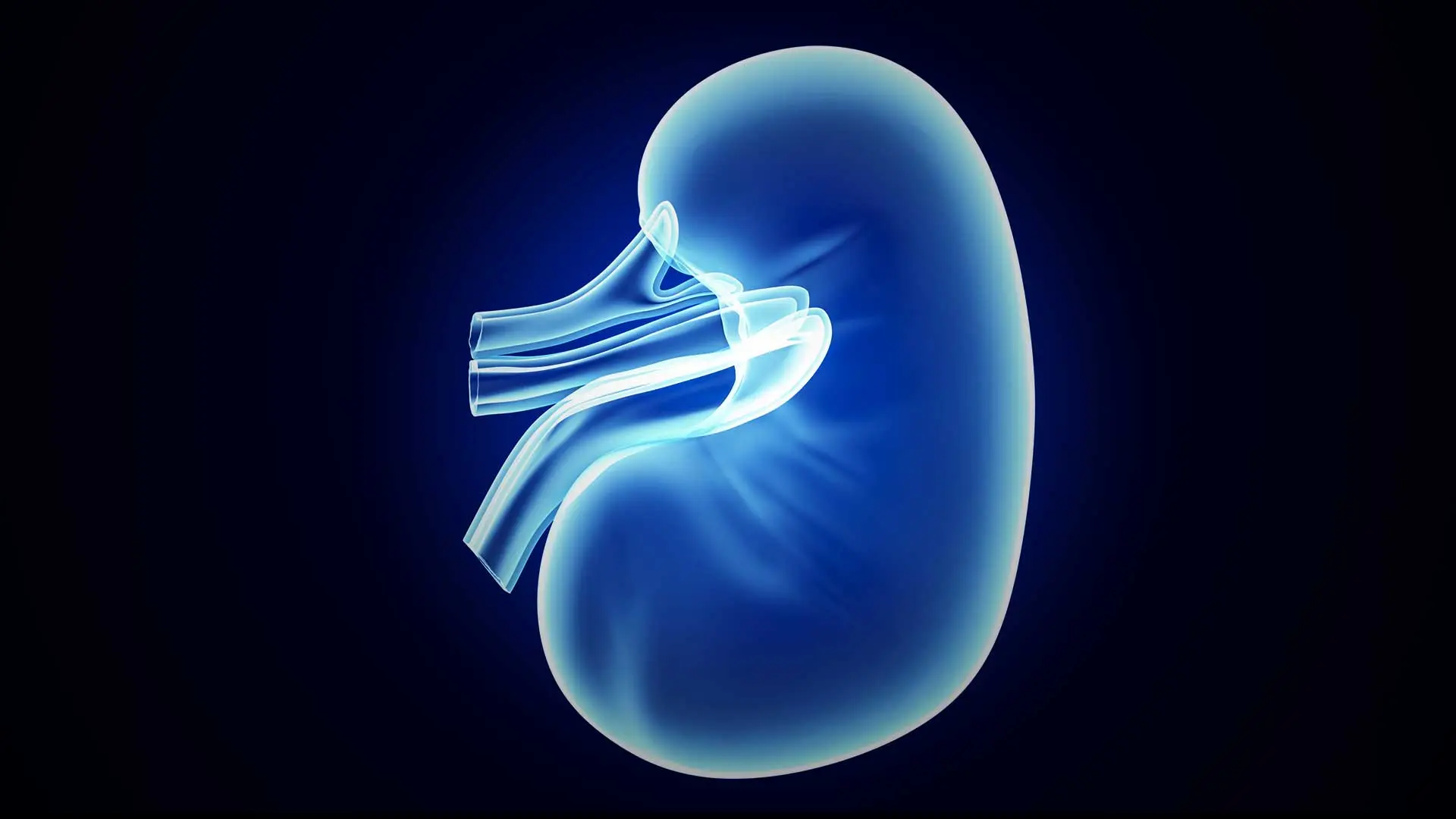Laparoscopic living donor nephrectomy (LDN) is the standard of care at high-volume renal transplant centers. This approach yields several advantages over the mini-open donor nephrectomy technique, with a lower estimated blood loss, fewer intraoperative complications, quicker return to normal daily activities, and shorter length of hospital stay, all while maintaining excellent renal allograft outcomes.
Laparoendoscopic single site (LESS) has also been used. This approach was found to be a safe and effective alternative to LDN with excellent cosmesis and low pain scores. However the approach was more difficult and costs were higher.
The most recent advancement in single-port technology has been the da Vinci SP (Single Port) robotic system from Intuitive Surgical, based in Sunnyvale, California, that was initially approved by the Food and Drug Administration (FDA) in 2014 for urologic surgeries.
After initial reports on the system’s usability, the product was modified by improving the “EndoWrist SP” instruments and accessories for ease of use, updating the Instrument Arm and Instrument Drives, and integrating a monopolar energy monitor to the Vision Cart. This new second-generation SP surgical robotic system was cleared by the FDA in 2018 for urologic procedures and was designed to maintain a single-site modality but circumvent the limitations of LESS systems.
The SP system utilizes a single multichannel trocar, an articulating camera, and redesigned instruments that can deploy inside the body. Initial reports with this SP system suggest potential advantages like decreased postoperative pain, improved cosmesis, and easy access to multi-quadrant surgery.
These new innovations in robotic technology will allow the evolution of single-site approaches to donor nephrectomy. Robot-assisted LDN is ergonomic progress compared to other techniques. In a meta-analysis review of robotic LDN, evidence shows excellent outcomes with improved hilar dissection with preservation of vascular length and shorter learning curve compared to laparoscopic LDN.
Michael Palese, MD, Professor of Urology at the Icahn School of Medicine at Mount Sinai, and his team believe that the new Single Port (SP) platform from Intuitive Surgical is uniquely suited for the LDN procedure, combining the technical advantages of the robotic instruments with the cosmetic and recovery approaches of LESS.
He and his team are actively studying and utilizing the SP system for donor nephrectomy surgery. This is possible by expanding the team’s current experience using the SP robotic system in kidney surgery where it is already being used for kidney cancer, kidney stones, and kidney reconstruction procedures like robotic partial nephrectomy, robotic pyelolithotomy, and robotic pyeloplasty.
Featured

Michael A. Palese, MD
Professor of Urology at the Icahn School of Medicine at Mount Sinai and Director of Minimally Invasive Surgery
